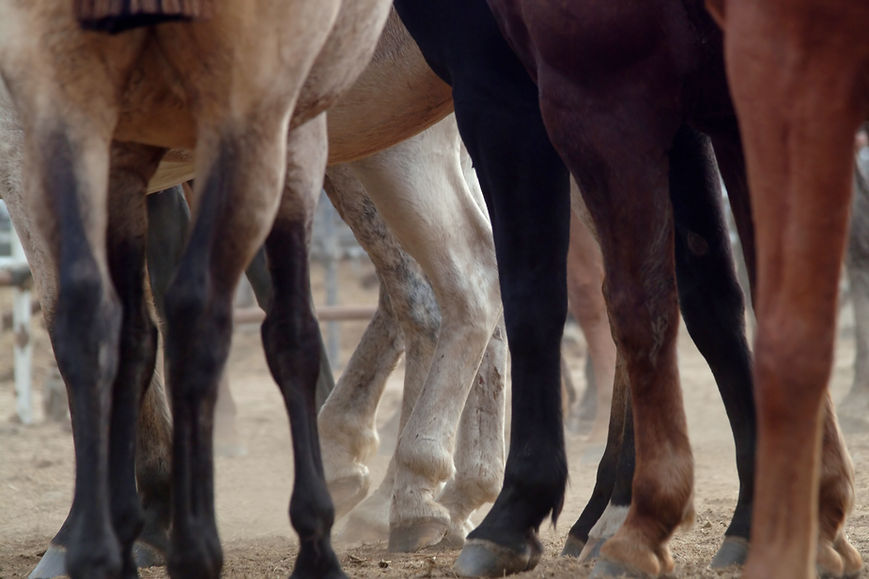
ECOPSYCHOLOGY
For 191,850 years, the homo sapiens species thrived in conjunction with its environment. It wasn’t until an immense increase in infrastructure and innovation, a mere 180 years ago, that we began to isolate ourselves and become independent from the environment that surrounds us. Since the initiation of this independence, our species has observed a marked
increase in psychological pathologies.
Ecopsychology expands the therapeutic lens to include client interactions and perceptions of the natural environment as an integral element of well-being or pathology. Ecopsychology can be further divided into ecotherapy and equine therapy, two therapeutic modalities Dr. Nicole Auckerman employs when working with clients. This approach focuses on reconnecting with nature and rebalancing one's relationship with the environment.
- Eco Therapy -
Why is nature such a powerful healer?
Eco-assisted therapy re-conceptualizes current psychotherapeutic techniques to suggest that the healing of an individual corresponds directly with the healing of their environment, more specifically, the healing of the earth. Ecotherapy ranges from hikes to meditations to conservation efforts, all designed to reconnect with nature and heal both body and mind.
-
According to the Centers for Disease Control and Prevention (CDC, 2010), about 9% of adult Americans have feelings of hopelessness, despondency, and/or guilt that generate a diagnosis of depression. Since the onset of the COVID-19 pandemic (2020), that number has leaped to over 30%, suggesting a marked correlation between time spent inside and increased pathology.
-
Studies have revealed that regular exposure to green areas promotes attention restoration, supportive social groups, self-discipline, moderation of stress, improved behavior, and reduced symptoms of ADHD and a reduction in psychological pathologies such as depression and anxiety.

- Equine Therapy -
Why are horses such a powerful healers?
Equine-assisted therapy uses the inherent nature of horses to amplify and assist traditional psychotherapy techniques, improving self-awareness, self-efficacy and emotional regulation while decreasing depression and anxiety.
Behaviorally:
Horses are highly attuned to their environment to ensure their safety and survival, making them intuitive and emotionally sensitive to the slightest gesture, body posture, tension, tone of voice, or glance that we humans may unknowingly communicate. Their responses to our non-verbal behaviors and feelings have the potential to teach us how we unknowingly interact with those around us. Additionally, a horse may alert us to repressed emotions or underlying states of anxiety and depression we didn't know were there.
Issues with boundaries also arise when dealing with the horse’s size and power. Horses have clear boundaries, which they assert freely with each other and with us. Learning to attune to a horse’s subtle and sometimes not-so-subtle boundary cues has the potential to further increase awareness of one’s own physical and emotional boundaries. The ability to clearly and congruently communicate with a horse can be quite empowering and can cultivate a sense of self-efficacy that extends into other areas of one’s life.
Physiologically:

Equine therapy has been shown to reduce symptoms of both anxiety and depression through physiological changes such as hormonal regulation and reductions in blood pressure. Studies have shown that animal-assisted therapy reduces cortisol, the stress hormone, and simultaneously increases the release of oxytocin, a natural chemical that promotes feelings of positivity and connection.
Horses have a unique sensitivity to an individual's feelings secondary to their prey-based instinctual drive and intra-herd dynamics. This sensitivity allows them to react to subtle changes in their environment, including a teen's emotional state and any corresponding changes to that state that may occur throughout a session. Thus, the horse acts as a biofeedback mechanism for adults and adolescents alike, responding to and reflecting their emotions.